Nodding Pink Onions – How To Grow Nodding Onions In Your Garden
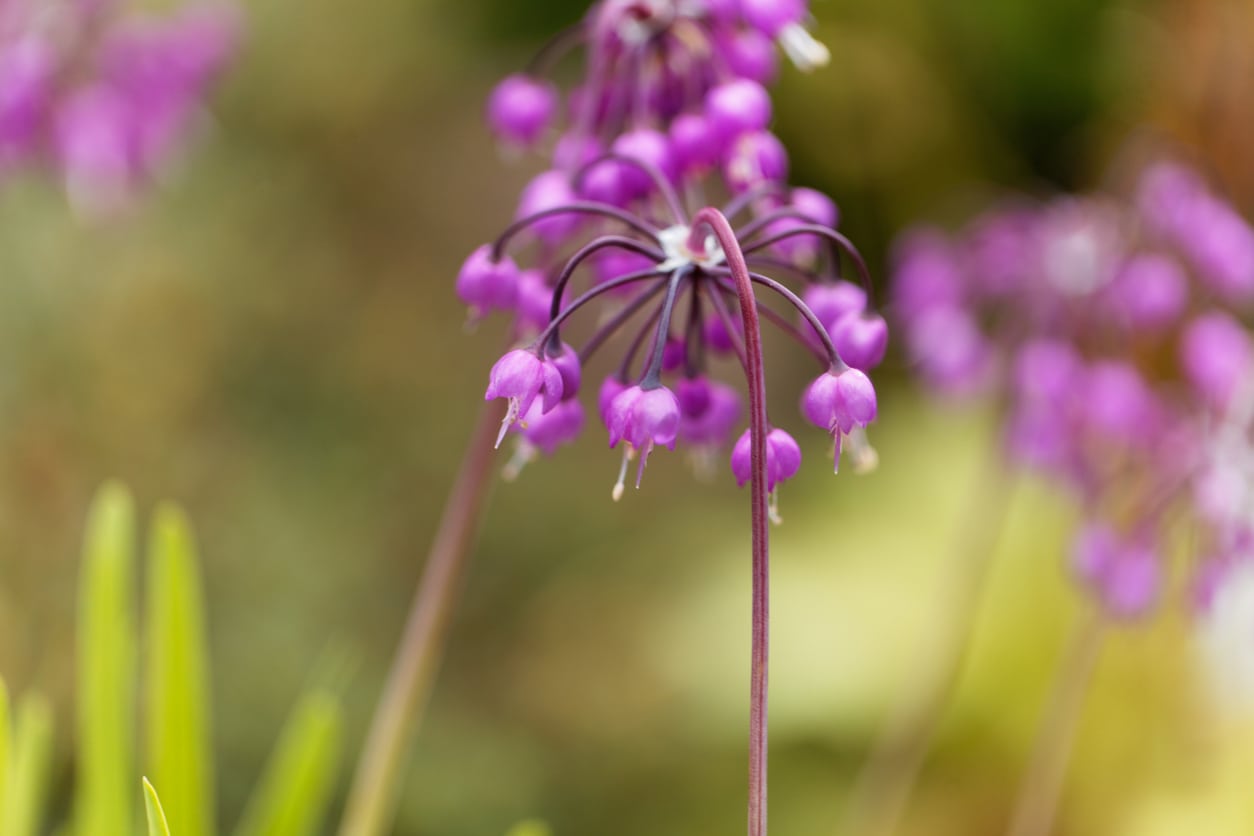
If you love wildflowers, try growing a nodding pink onion. What’s a nodding pink onion? Well, its descriptive name gives more than just a hint but read on to learn how to grow nodding onions and about nodding onion care.
What is a Nodding Pink Onion?
Nodding pink onions (Allium cernum) are ornamental flowering onions. They are native to North America from New York state to Michigan and into British Columbia and south through the mountains and cooler areas of Arizona and North Georgia. Nodding pink onions can be found growing on rocky soils in dry meadows and prairies, the open woods, and in glades and along bluffs. They grow from 8-18 inches (20-46 cm.) in height in grass-like clumps from which emerges a slim conic bulb. Each slender bulb bears a single stem (scape) with up to 30 light pink to lavender flowers. The blossoms look like tiny fireworks perched atop the flower stems peeping just over the foliage. The scape droops at the top as do the small bell-shaped flowers, hence the botanical name ‘cernum,’ which means ‘nodding’ in Latin. Nodding pink onions bloom in the early to mid-summer and attract bees and butterflies. The foliage lasts through the late summer and then dies back. Over the course of time, the clump produces new offsets until an entire area can be taken over by this onion wildflower.
How to Grow Nodding Pink Onions
Nodding pink onions can be grown in USDA zones 4-8. They work well in rock gardens, borders and in cottage gardens. They are best planted in small groupings and interplanted with other perennials to disguise the fading foliage. Growing nodding pink onions is very easy and the plant naturalizes very well. It can be propagated easily from seed or bulbs can be purchased. It will thrive in well-draining soil with full sun exposure but can tolerate clay soil and difficult areas such as gravely soil.
Nodding Onion Care
As simple as nodding onions are to grow, so too is caring for them. Nodding onions will readily self-seed, so if you don’t want the plant everywhere, it is wise to deadhead the flowers before they set seed. If you want to collect the seed, wait until the seed capsules turn tan or straw in color but before they open, when the seeds are black. Store the seeds in the refrigerator, labeled and dated, for up to 3 years. Divide the plants every third year when 8-10 bulbs appear in a clump.
Gardening tips, videos, info and more delivered right to your inbox!
Sign up for the Gardening Know How newsletter today and receive a free copy of our e-book "How to Grow Delicious Tomatoes".

Amy Grant has been gardening for 30 years and writing for 15. A professional chef and caterer, Amy's area of expertise is culinary gardening.
-
 Looking For Plants To Give You The Soft And Fuzzies? Try These 5 Fuzzy Leaf Plant Options
Looking For Plants To Give You The Soft And Fuzzies? Try These 5 Fuzzy Leaf Plant OptionsLovers of texture, drama, silver foliage and tactile plants will adore these special sensory garden additions. These fuzzy leaf plant options will leave you all aglow
By Susan Albert
-
 Get Ready For A Summer Of Hummers! Grow These Full Sun Hummingbird Plants and Flowers
Get Ready For A Summer Of Hummers! Grow These Full Sun Hummingbird Plants and FlowersIf you’re lucky enough to enjoy a sunny backyard, make sure you are maxing out on your pollinator opportunities and grow these full sun hummingbird plants and flowers
By Tonya Barnett
-
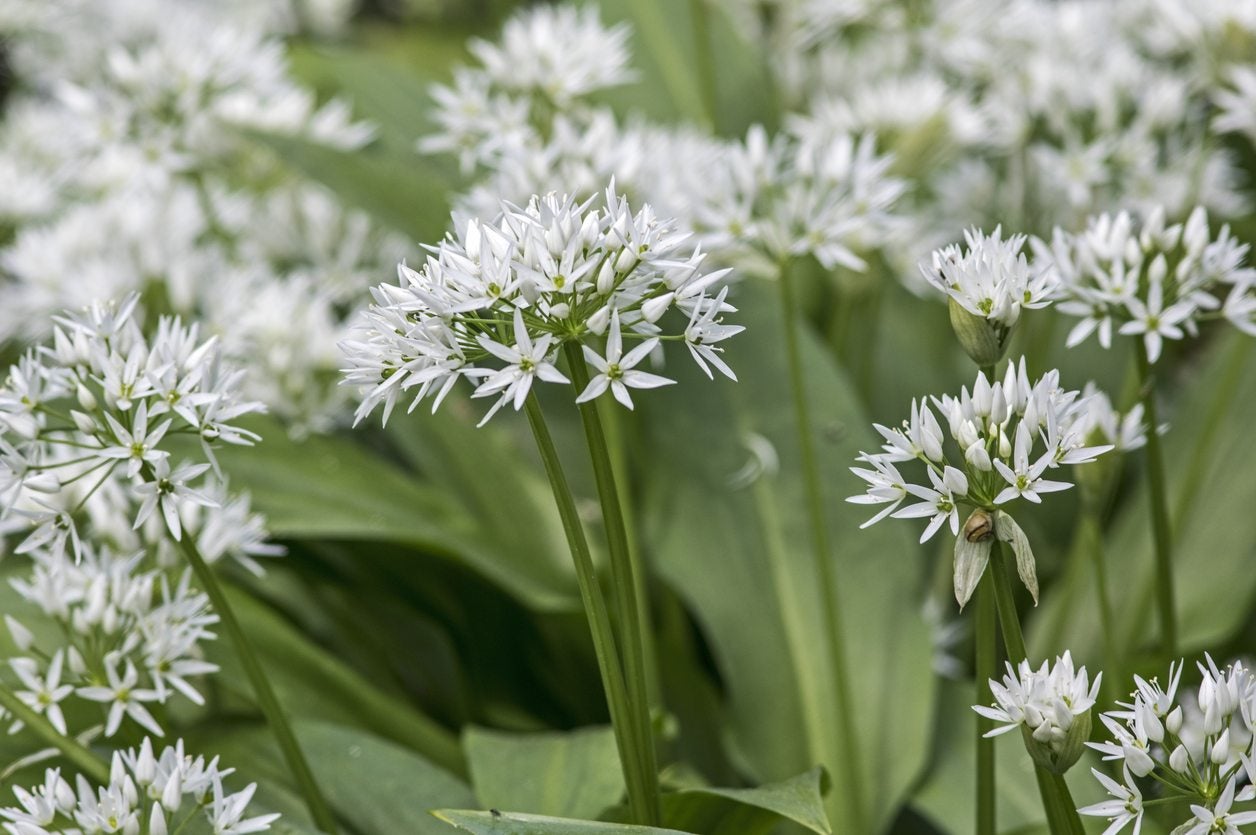 Controlling Allium Plants & How To Manage Flowering Onions
Controlling Allium Plants & How To Manage Flowering OnionsIf ornamental alliums are so practical and attractive, how could there be any problems with ornamental alliums in the garden? Not all allium varieties are well-behaved. Some become weeds that are nearly impossible to get rid of. Learn more in this article.
By Mary H. Dyer
-
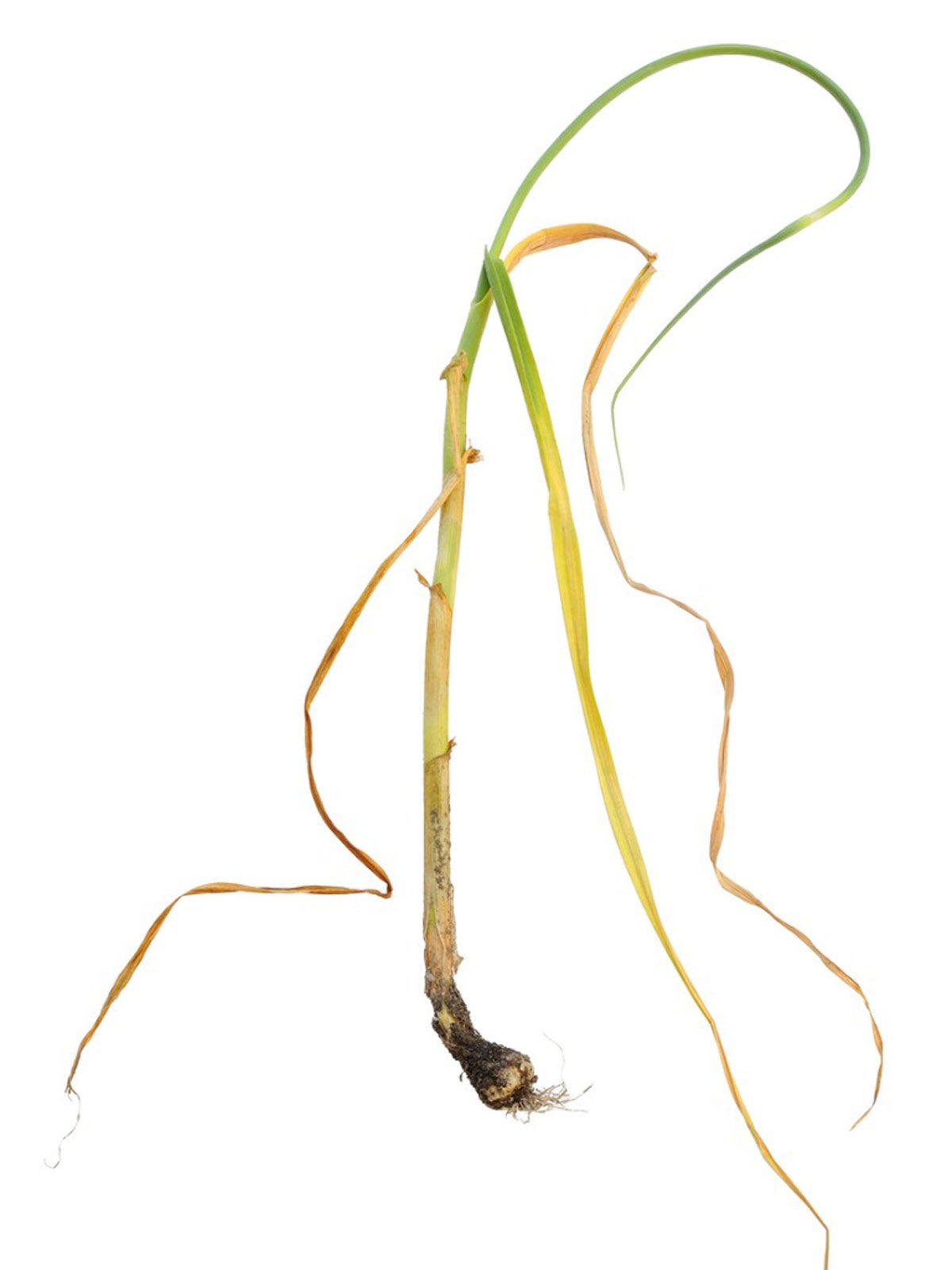 Sclerotium On Alliums – How To Manage Allium White Rot Symptoms
Sclerotium On Alliums – How To Manage Allium White Rot SymptomsAllium white rot should be monitored, as it can result in complete loss of allium plants. Learn more about what causes white rot and its control here.
By Tonya Barnett
-
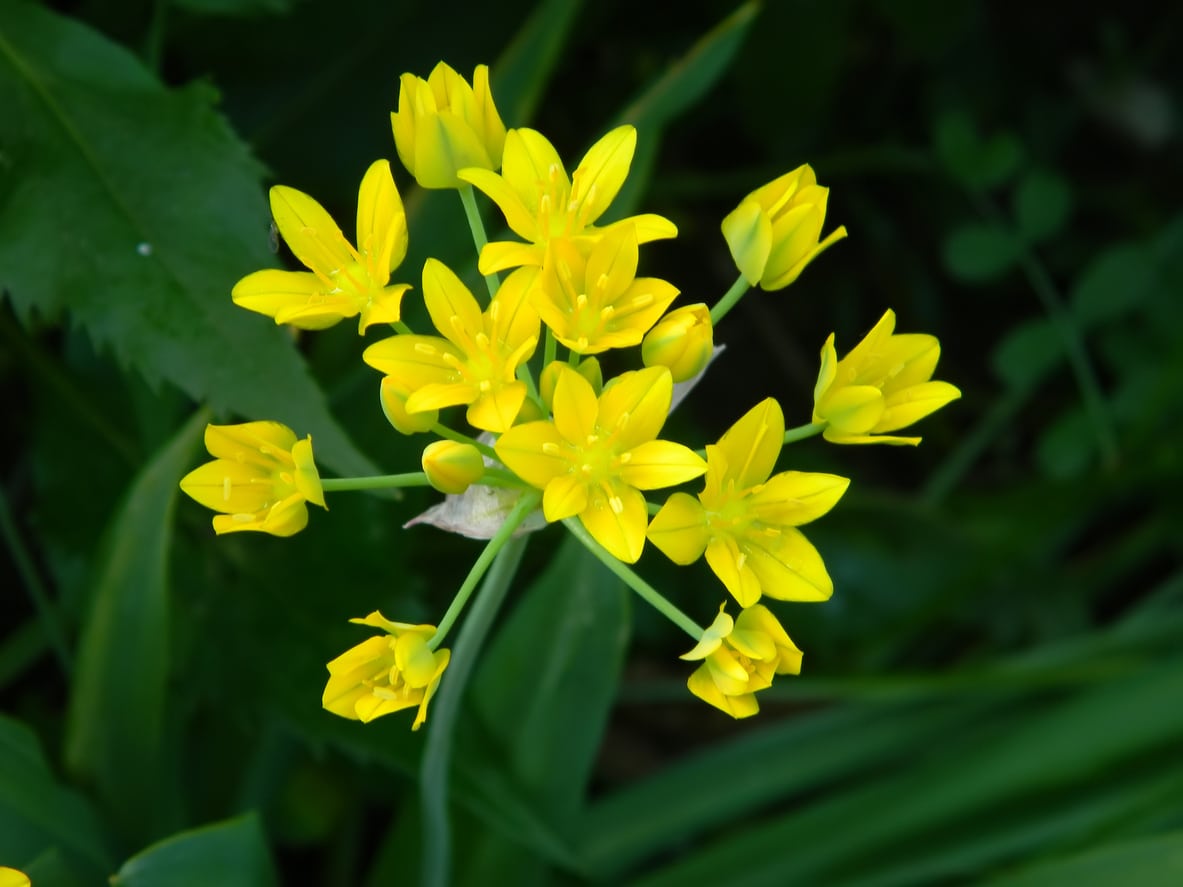 Allium Moly Care – Learn How To Grow Golden Garlic Alliums
Allium Moly Care – Learn How To Grow Golden Garlic AlliumsGolden garlic, also called moly garlic, is an allium bulb plant that offers bright, long-lasting yellow flowers on tall stalks. For more allium moly information, plus tips on how to grow golden garlic, click on the following article.
By Teo Spengler
-
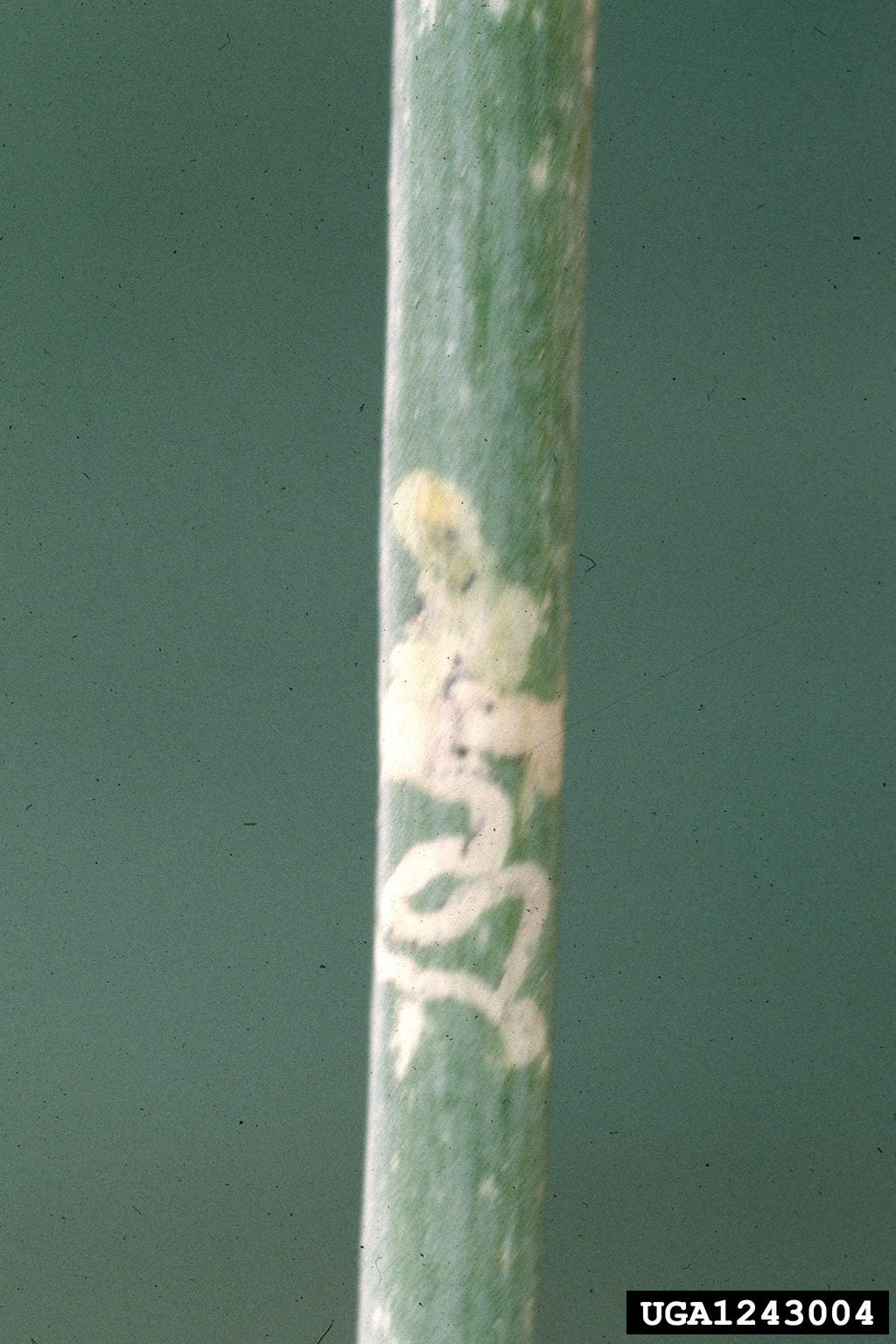 Allium Plant Pests: Learn About Allium Leaf Miner Control
Allium Plant Pests: Learn About Allium Leaf Miner ControlAllium leaf miners were first detected in the Western Hemisphere in December of 2016. Since then they've become a serious pest of onions and other alliums in Canada and the Eastern U.S. Find out about detecting and treating allium leaf miners in this article.
By Jackie Carroll
-
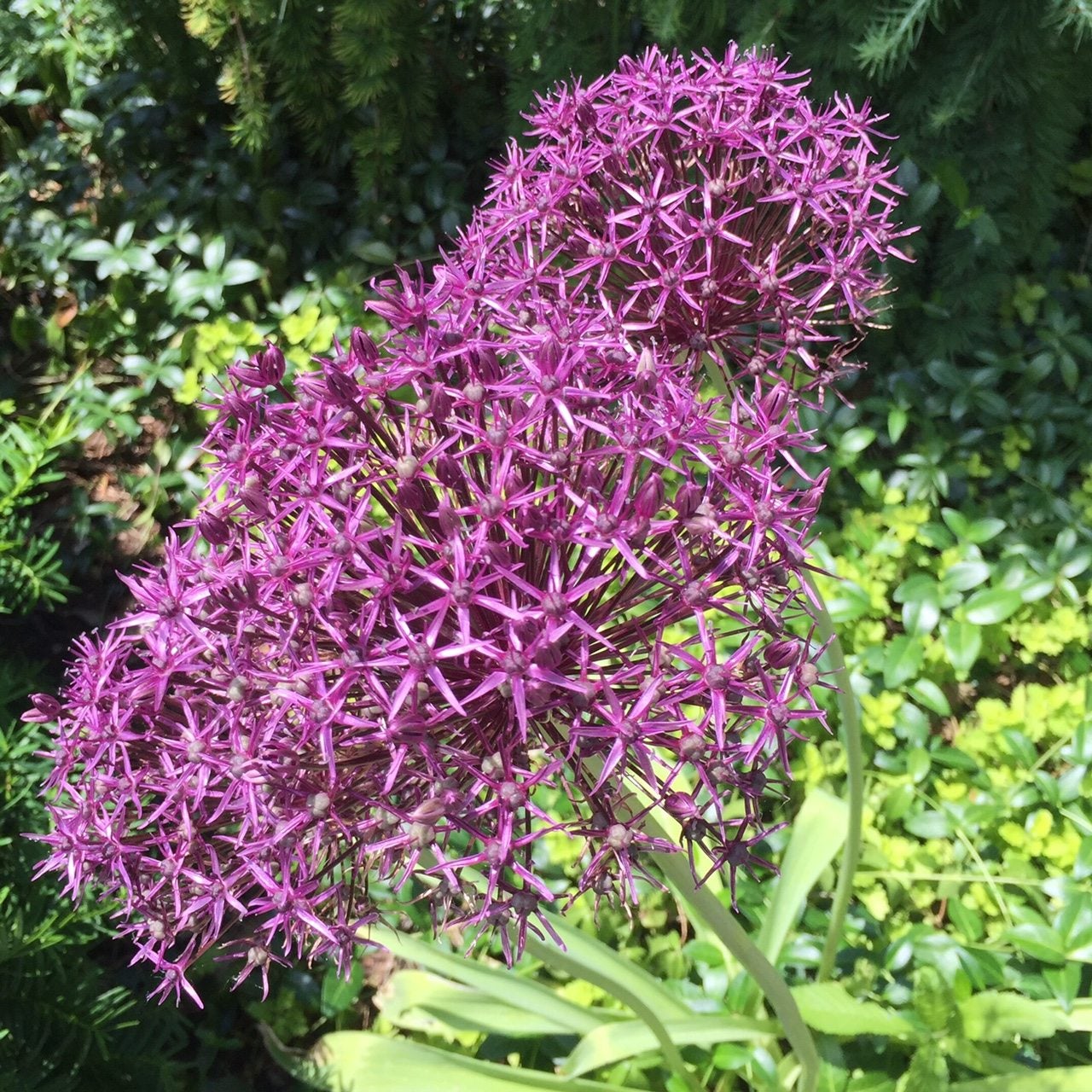 Allium Post Bloom Care: Caring For Allium Bulbs Once Flowering Is Over
Allium Post Bloom Care: Caring For Allium Bulbs Once Flowering Is OverAlliums are usually exclusively grown for their flowers. But what do you do with your allium once it's finished flowering? Learn more about how to care for alliums after blooming in this article so you can enjoy their beauty as long as possible.
By Liz Baessler
-
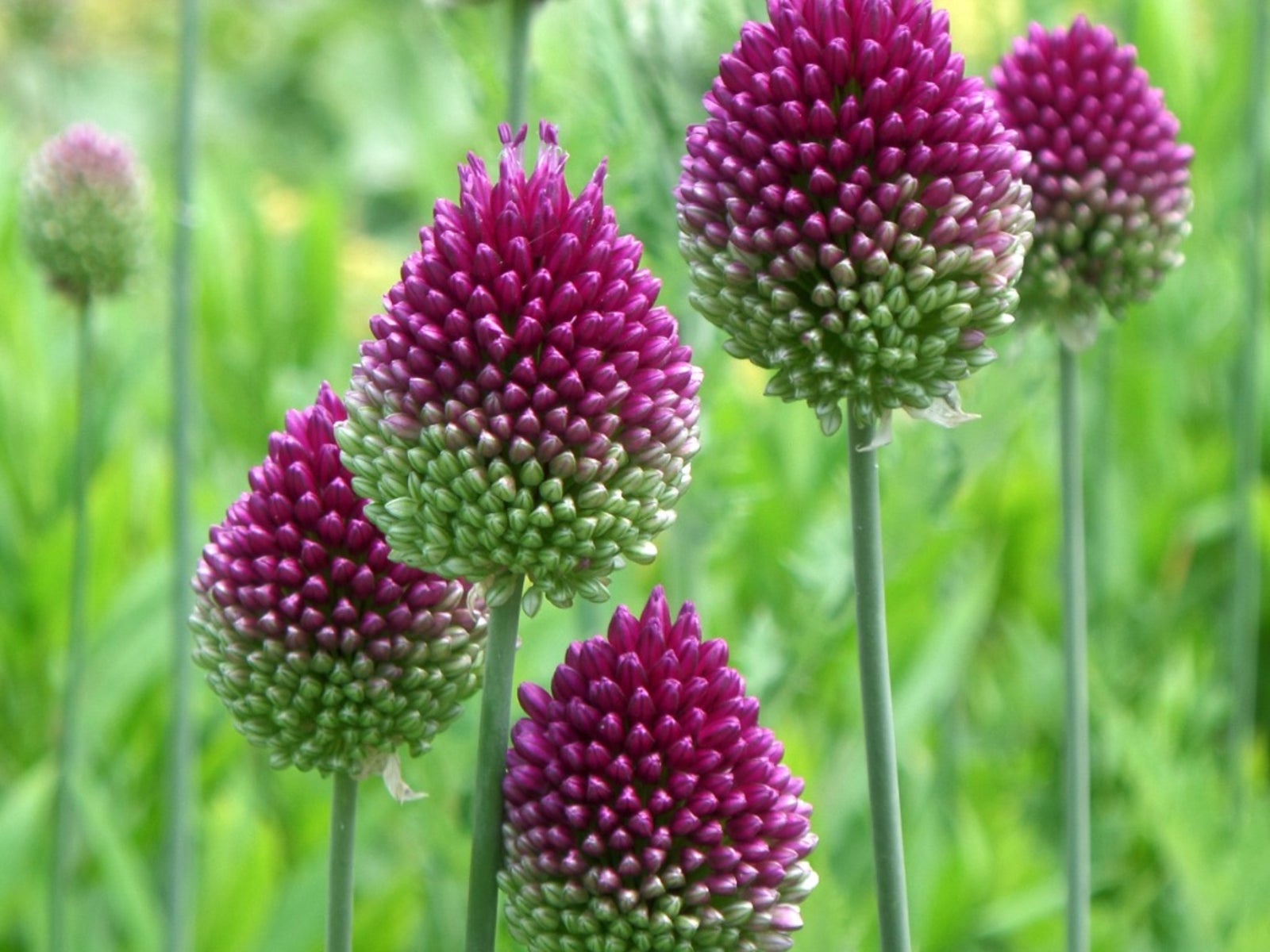 Drumstick Allium Flowers: Tips For Growing Drumstick Alliums
Drumstick Allium Flowers: Tips For Growing Drumstick AlliumsDrumstick allium is appreciated for the egg-shaped blooms that appear in early summer. Hollow, grayish-green foliage provides lovely contrast to the pink to rosy-purple drumstick allium flowers. Click here to learn more them.
By Mary H. Dyer
-
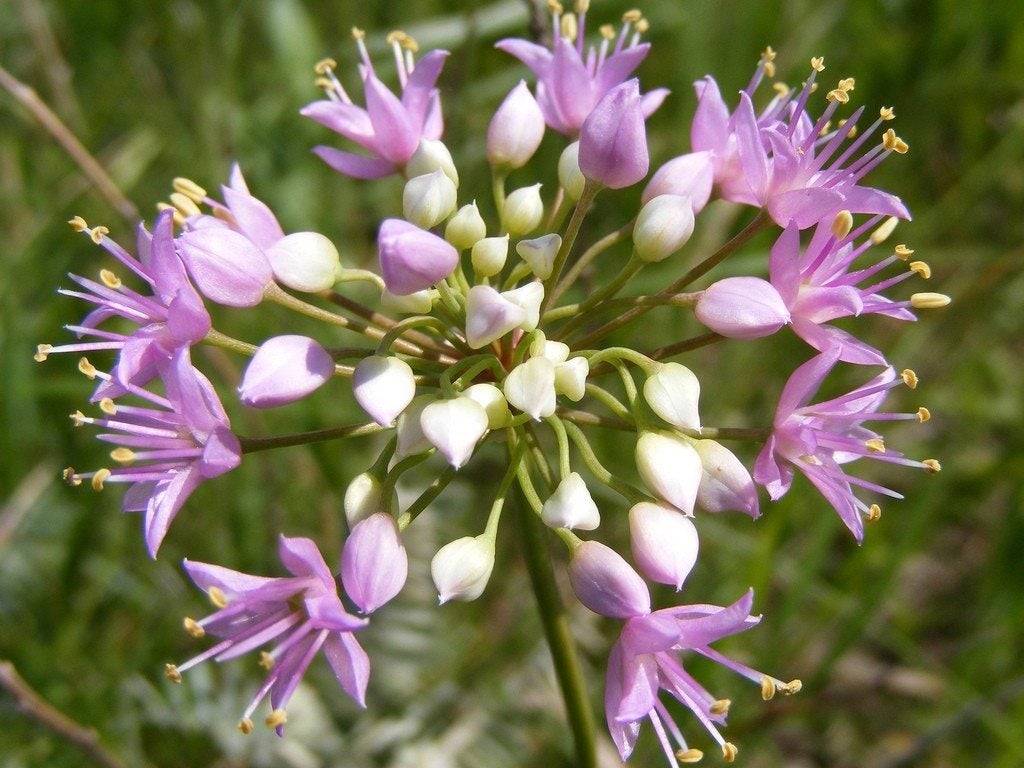 What Are Prairie Onions: Information On Allium Stellatum Wildflowers
What Are Prairie Onions: Information On Allium Stellatum WildflowersPrairie onions are a member of the Allium family. Wild prairie onions are edible and in the garden add a natural grace. Get some growing and care information for wild prairie onions in this article.
By Bonnie L. Grant
-
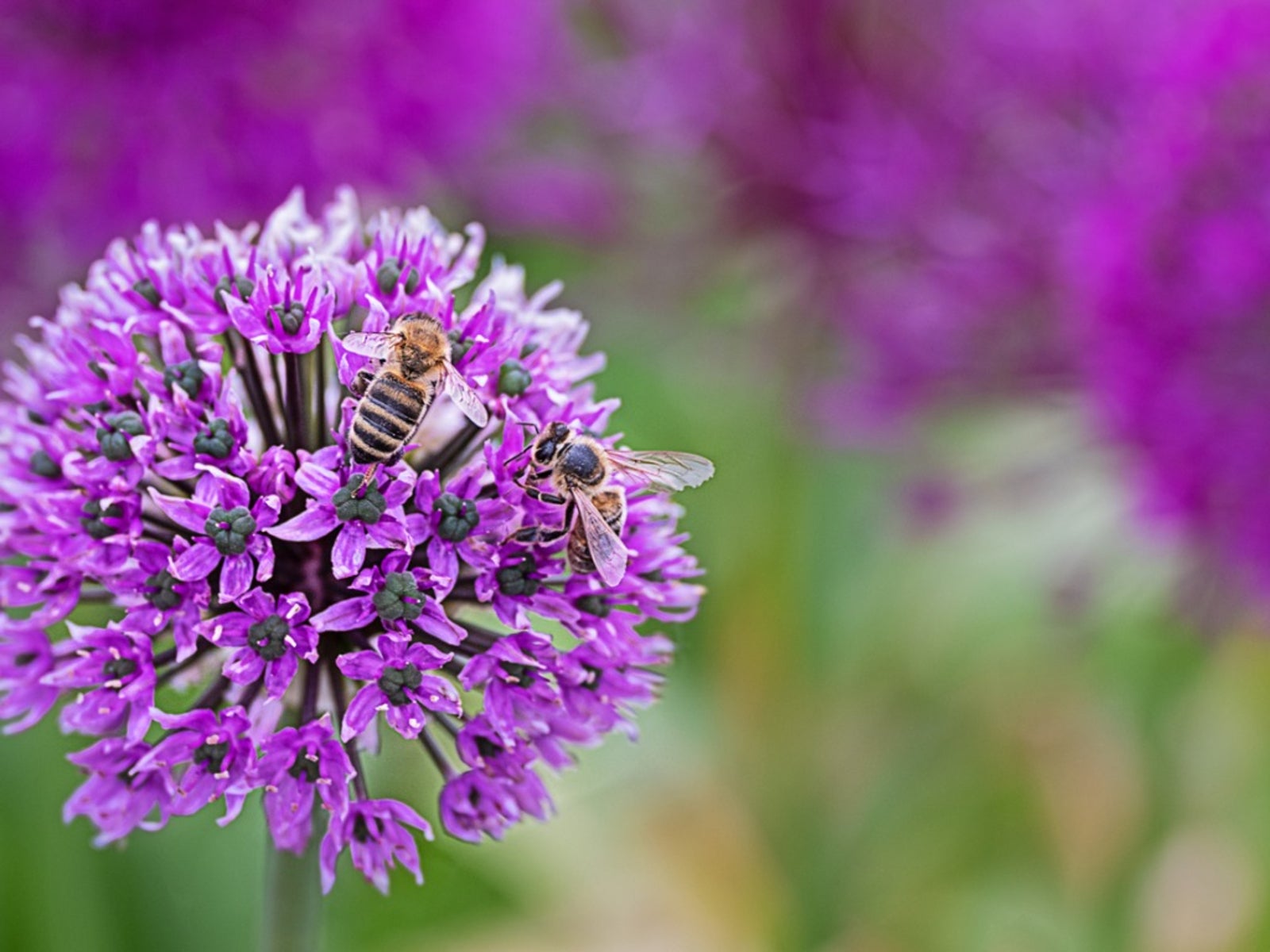 Allium Plant - How To Grow Alliums In Your Flower Garden
Allium Plant - How To Grow Alliums In Your Flower GardenAllium plant is related to the garden onion, but don't let this deter you from planting it. In fact, minimal allium care and a show of large blooms are just a couple of reasons to include them. Get more info here.
By Becca Badgett